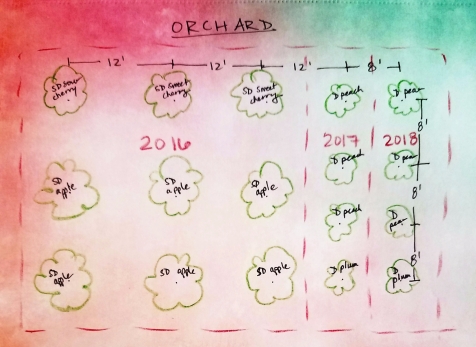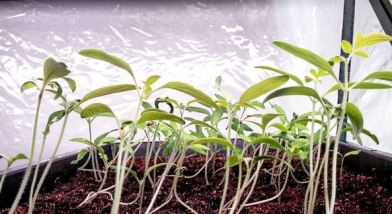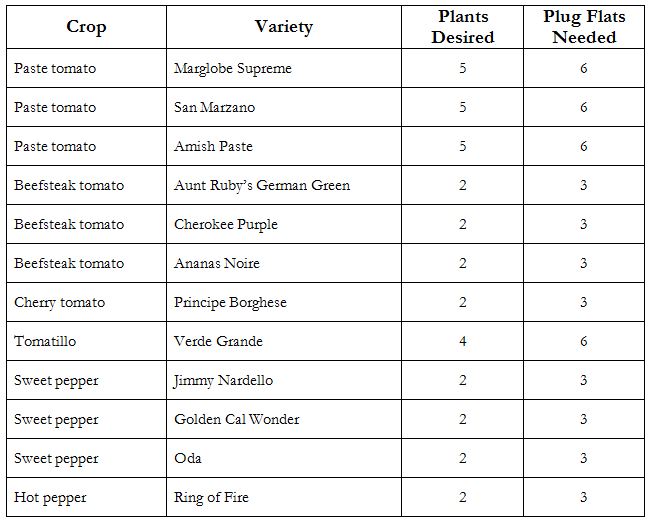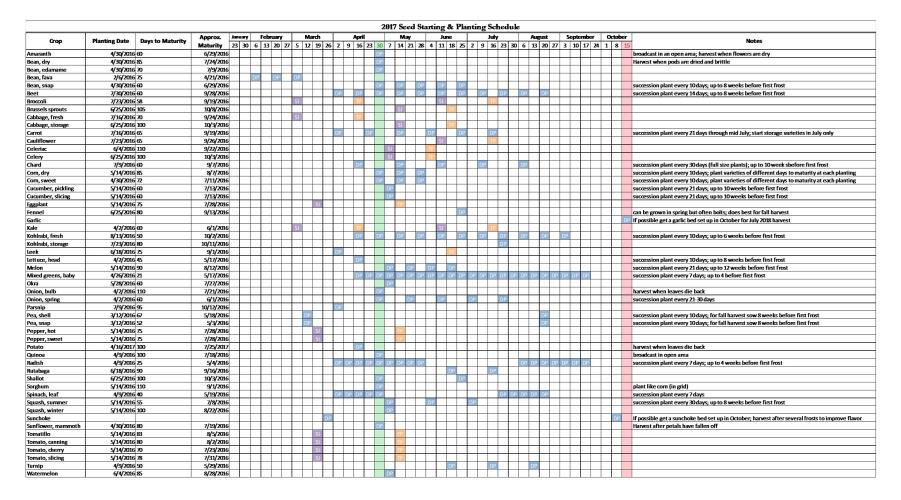A fellow farmer and blogger, Jason at EdibleEarthscapes, recently recommended the book The One-Straw Revolution by Masanobu Fukuoka. Fukuoka’s ideas about natural, “do-nothing” farming and about quality of life align with a lot of our practices, including the use of green manure instead of synthetic fertilizers, the avoidance of all chemicals, and the no-till method for minimal soil disturbance. While it may not be realistic to implement everything he did, it has caused me to consider what we do here. Something I love about this field of work is that you never know it all. There’s always something else out there to explore. (And as with everything in life, take what you want and leave the rest.)
Early in the book, regarding quality of life, he writes that farmers in Japan once spent the off-season writing haikus, but that people don’t make time for this anymore. When I was a music teacher and performing musician, I worked SO much. I would be out the door before the sun was up and would get home well after the sun went down. We lived in a city. Sometimes I miss our city apartment, and sometimes I miss the noise. But more often than the nostalgia, I feel gratitude for our lifestyle on our farm. With the recent changes in my life, especially leaving the fast-paced “professional” world and becoming a mother, I often have to remind myself to relax, to take quiet moments, to listen to the sounds of nature, to write, to paint, to cook. I don’t get as many moments like that with a baby in the mix, but I still have them most days. In our region, being a vegetable grower affords me time each winter to rest and regroup before planning takes hold again. This past winter has been extra special, as a newborn baby required me to slow down. There were many quiet moments to feel peace and gratitude once we were settled in together. When Fukuoka spoke of the haikus it made me want to reconnect with my hobbies of painting and writing poetry. I can’t think of a better way to spend a quiet, snowy winter than snuggling my daughter and reflecting on all we have to be grateful for. I think we could all use this reminder to find balance in our lives, regardless of our occupation.
Fukuoka’s writing about his orchard caused me to reflect on my identity as a farmer. My parents were the ones who first taught me that chemicals and food do not mix and are bad for the long term health of the earth, if not people. Dad keeps pear and cherry trees and has had blueberries and raspberries off and on throughout the years. Not once has he ever sprayed…yet he gets fantastic harvests each year. If you look to the soil, like in Fukuoka’s orchards, there is a lot of clover as natural ground cover. If my parents notice any pests, mainly certain non-native moth caterpillars, they usually pick them off and toss them in a bucket. Besides in the first few years after they were planted (mid-1980s) the trees have only been pruned when branches die. These practices, which are very “hands-off”, are much like the ones discussed in The One-Straw Revolution. The general idea is that we need to let trees (and all plants, for that matter) grow in their natural state. It’s not that there is literally no work to do but rather that the work you do needs to be purposeful. I have been thinking of it like nature-guided growing.
Whenever we have company over, when giving them a tour of our farm we are almost always asked what we spray our trees with. And everyone who asks is shocked to find out that we do not spray our orchard (or anything else). My husband and I are fascinated that even people who have never grown a plant in their life seem to think it is impossible to grow fruit trees successfully without these types of products. Clearly this notion is somehow engrained in our society.
When on a walk with a friend the other day, she was lamenting that her in-laws are obsessed with sprays and powders in the vegetable garden, the berry patch, and the orchard. At the start of the season they apply insecticides; at the first sight of any bug they add more. And yet each year she has noted that they are in a constant battle with plant disease, at times losing whole crops. Last year they couldn’t harvest any plums, for instance. In addition they only utilize synthetic fertilizers. It irks her that they fail to see that unnatural methods have led them to have much more work to do but with poor results. And regardless of your thoughts on the use of such chemicals on human health, it is clear that these things have a negative impact on the microscopic life forms in the soil and the ecosystem as a whole. You have to stop and think, “Why bother?” It requires more effort and doesn’t work very well in the long-term anyway.
My friend and I compared her in-laws’ set-up with my father’s, and it got us thinking about old orchards we’ve both had the pleasure of stumbling upon. Growing up, my parents’ property was backed up to a big old family farm. My parents got to know the Long family over the years of being neighbors. When my sisters and I were young, as he and his wife retired from growing for profit, Mr. Long used to let my dad take us for walks around their property. I have fond memories of the day we found a few old apple trees. Mr. Long told Dad that nobody had cared for these trees since his children were young, but you wouldn’t have known. They were incredibly productive and had exquisite apples. My favorite of the apples was supposedly Winesap, which I still love to this day. It is a romantic childhood memory, but my friend has shared similar experiences on her grandparents’ property in Canada and at her husband’s grandfather’s property in Western New York in more recent years. These trees, having likely been given a solid, natural foundation years ago, continue to thrive without any interference from human beings.
In our orchard, there is already a mix of field onions and perennial grasses on the ground, but I now plan to introduce clover and hairy vetch as well. We have loads of clover in the vegetable area and the soil is especially rich because of it. I’ve pruned the trees minimally so far, only eliminating branches that would eventually cross or entangle stronger ones. Although we’re going to be growing in wood-framed beds this year (they’re the future beds for perennials), I’m looking forward to re-expanding our normal 30-inch bed system with cover crops next year. In the future I’d also love to experiment with a self-seeding vegetable garden like the one Fukuoka speaks of, although it certainly wouldn’t be our main production system. We’re only in our second season on this property but it seems we may be on the right track for a natural, “do-nothing” microfarm.
Nature has a way of demonstrating the most efficient way of growing things. Fukuoka isn’t the first person to talk about it, nor will he be the last. I remember that Eliot Coleman and Barbara Damrosch discussed the forest floor as the ultimate compost system in their show Gardening Naturally. So again, it’s not about actually doing nothing. It’s about looking to nature to guide the work you do and making sure you give yourself time to breathe and regroup, too. I’ll be reminding myself of this often this season.
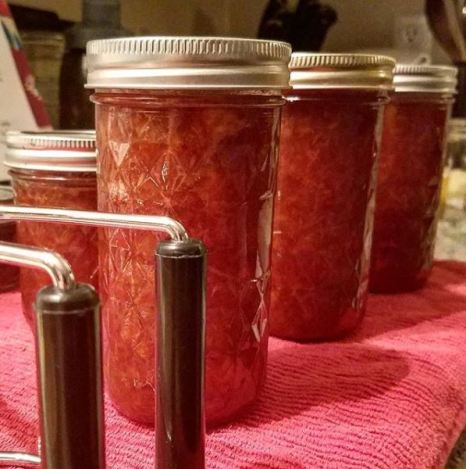
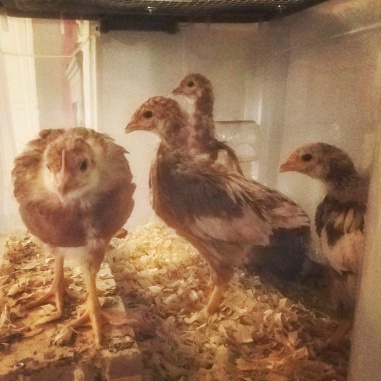


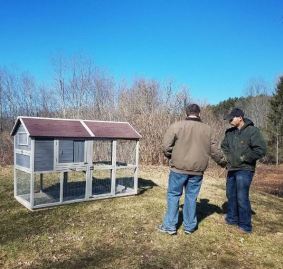
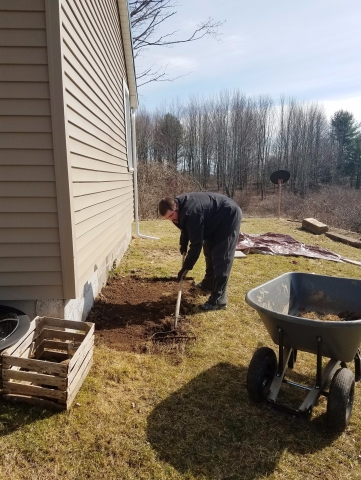





 4. Good stuff going on with the nightshades we started a week ago. So far almost all of the tomatoes have germinated, but we are still waiting on peppers, tomatillos, and eggp
4. Good stuff going on with the nightshades we started a week ago. So far almost all of the tomatoes have germinated, but we are still waiting on peppers, tomatillos, and eggp